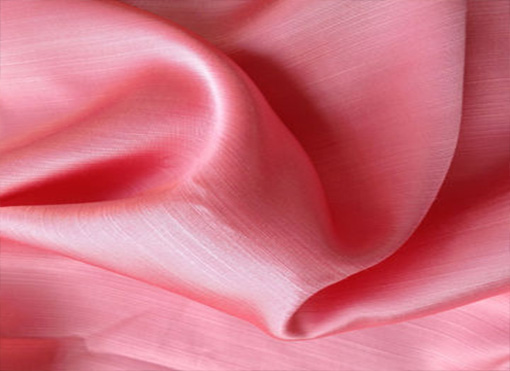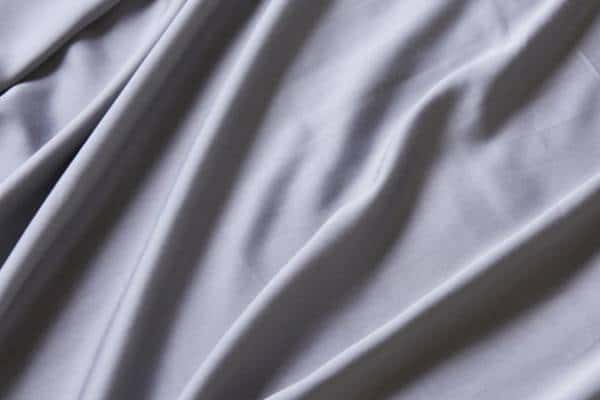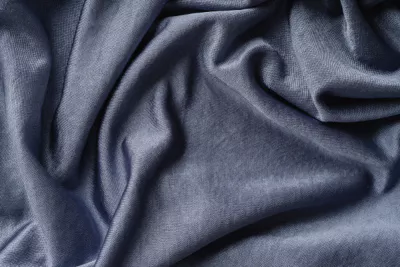Rayon, a versatile fabric known for its silk-like feel, is a semi-synthetic fiber made from regenerated cellulose. It comes in various forms, including Viscose, Modal, and Lyocell, each with unique properties and applications.

Viscose Rayon
Viscose, often referred to as the first generation of rayon, is known for its similarity to cotton. It’s a semi-synthetic material derived from a honey-like liquid, which is processed to create fibers. This type of rayon blends comfort with cost-effectiveness, making it a popular choice for a wide range of clothing items. Viscose rayon is known for its breathability and does not trap body heat, making it ideal for hot and humid climates. However, it can be less durable than other forms of rayon and may wrinkle easily.
- Similarity to Cotton: Viscose is known for its cotton-like feel, offering comfort and affordability.
- Breathability: Ideal for hot and humid climates due to its ability to not trap body heat.
- Durability Concerns: Less durable and prone to wrinkling compared to other rayon types.
- Applications: Widely used in various clothing items for its breathability and affordability Learn more about Viscose.

Modal Rayon
Modal, considered as the second generation of rayon, is primarily made from beech trees. It shares many properties with viscose but is more durable and flexible. This type of rayon is known for its high tenacity when wet, making it ideal for items that require frequent washing. Modal is also resistant to shrinkage and fading, which contributes to the longevity of garments made from it. It’s particularly popular in activewear and intimate apparel due to its softness and high breathability.
- Beech Tree Origin: Made primarily from beech trees, Modal is considered the second generation of rayon.
- Durability and Flexibility: Known for high tenacity when wet, making it ideal for frequent washing.
- Resistant to Shrinkage and Fading: Enhances the longevity of garments.
- Ideal for Activewear: Popular in activewear and intimate apparel due to its softness and breathability.

Lyocell
Lyocell, often marketed under the brand name Tencel, represents the third generation of rayon. It is environmentally friendly, produced using a closed-loop process that recycles almost all the chemicals used. Lyocell fibers are known for their natural breathability and moisture-wicking properties, making them perfect for sensitive skin. The fabric has a smooth, soft surface that drapes beautifully, making it popular for both clothing and home textiles. It’s also stronger than other forms of rayon, particularly when wet, and is less prone to wrinkling.
- Environmentally Friendly: Produced using a closed-loop process, making it more sustainable.
- Breathability and Moisture-Wicking: Perfect for sensitive skin, with natural breathability.
- Strong and Less Wrinkly: Stronger than other types of rayon and less prone to wrinkling.
- Versatile Use: Used in clothing and home textiles for its smooth, soft surface and beautiful drape Discover more about Lyocell.
Sustainability and Fabric Sourcing
When sourcing fabrics like rayon, it’s essential to consider sustainability. Viscose rayon, while affordable, may have environmental impacts due to the chemicals used in its production. On the other hand, Modal and Lyocell are more eco-friendly options. Lyocell, in particular, is noted for its sustainable production process. For those interested in fabric sourcing and the sustainability of different materials, Locofast provides valuable insights and connections to suppliers globally. They offer a sophisticated platform for sourcing various textiles, including different types of rayon, ensuring quality and sustainability.
- Eco-Friendly Options: Modal and Lyocell are more sustainable compared to Viscose.
- Locofast’s Platform: Offers insights and connections for sourcing sustainable textiles, including different types of rayon Explore fabric sourcing with Locofast.
In conclusion, each type of rayon offers unique properties, making them suitable for various applications. Understanding these differences can help in making more informed choices in fabric selection, whether for fashion design, textile manufacturing, or personal use. For more detailed information on rayon and other textiles, exploring Locofast’s resources can be immensely beneficial.
